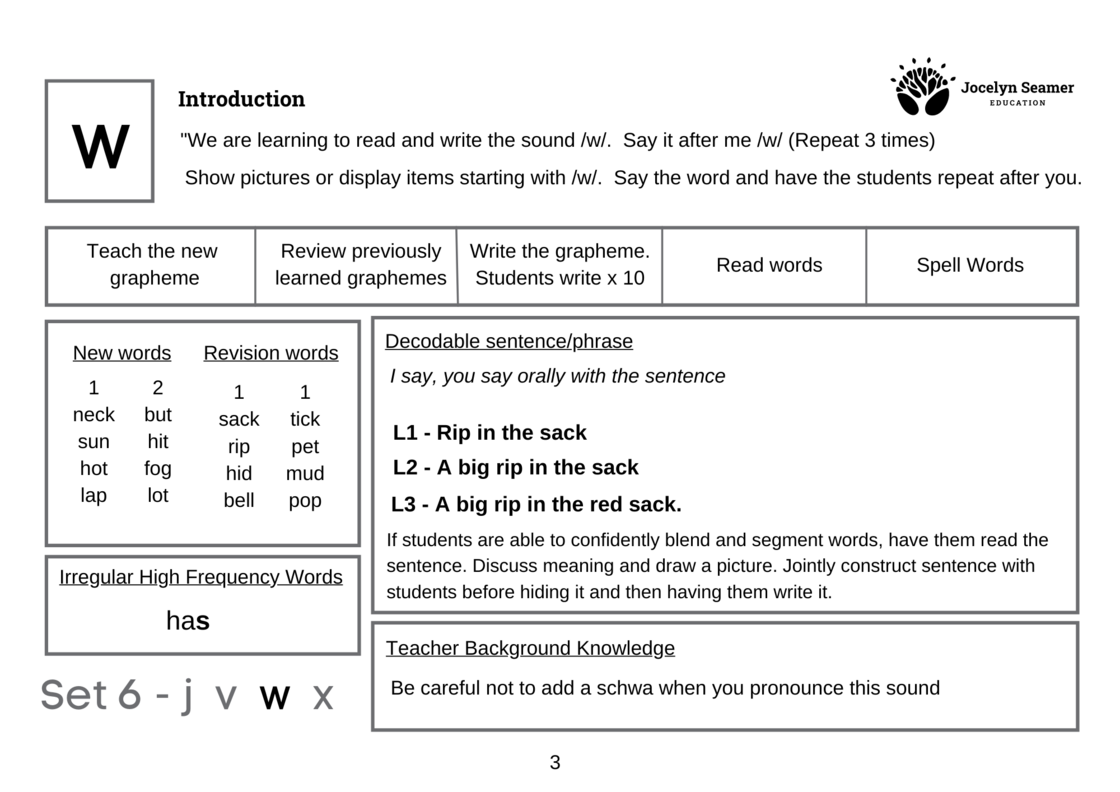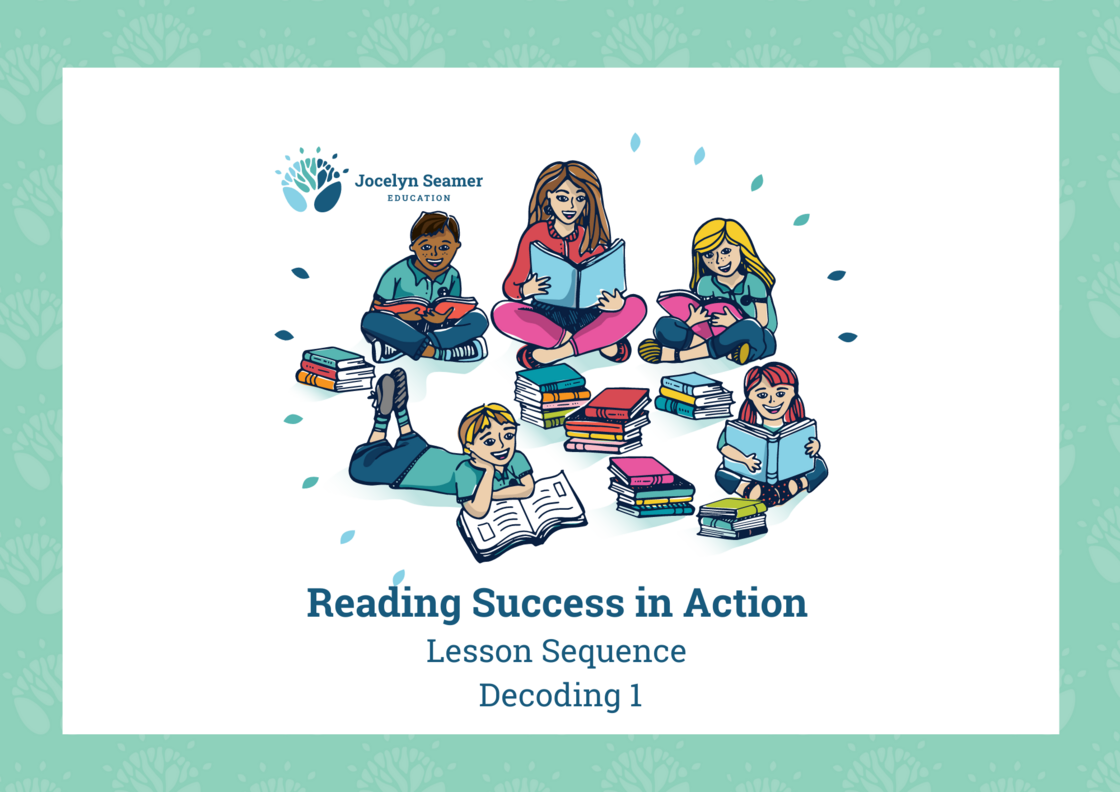Are Reading Groups Really that Bad?

One of the features often seen in primary classrooms, both upper and lower, is reading groups. Students are grouped based on their benchmark reading assessment and taught to use a range of strategies to read text such as looking at the first letter of a word and looking at pictures or skipping and word and coming back to see what makes sense. While the teachers works with a small group at a time on guided reading (often having 5 or 6 groups in the class), the rest of the students engage in ‘literacy centres’ where they may or may not be actively engaged in literacy related activities. For those of us on the structured literacy bus, the use of levelled readers and three cueing are likely behind us, but what about those groups? Do they still have a place?

The answer to that question isn’t necessarily simple, but there are some principles we can base our decision making on.
The first thing to note is that we can divide instruction into two sections.
- Nuts and bolts of decoding, spelling and transcription.
Phonics (including decoding and encoding of words), handwriting, decodable text reading, irregular high frequency words and sentence level transcription.
If you have done the Reading Success Teach Along (or use Reading Success in Action as its written) you already have this covered.
- Language and Literature content teaching both reading comprehension and writing.
Language based concepts such as vocabulary, syntax & parts of speech as well as features of text, characterisation, and writing.
If you’ve done the Writing Success Teach Along and follow the planning templates, you’ll have this bit covered too.

Some of the answer to the grouping question lies in the way that these two areas are taught.
Nuts and bolts of decoding, spelling and transcription
Phoneme/grapheme correspondences and cumulative word level reading and spelling need to be taught in a way that meets students where they are up to. If you have a reasonably homogenous group of students, all mostly up to the same point in their development with similar learning profiles, you can simply teach whole class and provide a bit of extra practice for those who need it. This is more likely to be the case if your school has really strong Tier 1 instruction embedded as a ‘whole school approach’ across classrooms with central monitoring of data and collaborative work occurring.
If, however, your students are at vastly different points in their code knowledge, for whatever reason, differentiation will need to be carefully considered. This is where groups might come into play, not because groups are the best way to teach, but because cognitive load needs to be considered. Ideally, if you do need to split students into groups, it is only for a short period to teach phonics and word level decoding and encoding and you have a colleague to work. Having each adult teach with the same lesson structure but different parts of the code means no loss of instructional time. If you do have to manage on your own (and there are plenty of us who do), minimise the time where students are not receiving fully guided instruction as best as you can, trying to keep other students engaged in meaningful tasks (easier said than done). Teaching phonics and word level reading and writing in small groups is better than the old guided reading arrangement, but even if you are delivering a high quality lesson to every group, you are sacrificing instructional time. If you have 4 ‘groups’ in your class (a few non-readers, a group working on the basic code, a group developing fluency with the complex code and a group of high flyers), students are only being provided with fully guided instruction for 25% of the ‘nuts and bolts’ hour. This loss of instructional time can have a significant impact on all students, but your strugglers most of all.
In schools where there is a very large range of development in every class, students might be placed in flexible groups across classrooms for phonics, handwriting, decodable text reading and sentence level transcription. There is no small group instruction in these groups, because every child in the ‘group’ is working at the same point, receiving teacher led, high quality instruction. Schools I have worked with, who have adopted this approach, report exciting student growth and lower levels of teacher stress. By no means am I saying that this the best way to arrange things, but it is one option that can be considered.

Language and Literature content teaching both reading comprehension and writing
When it comes to language and literature content (the top of the rope stuff and writing), we really want to be teaching the same, grade appropriate content to every student regardless of a student’s decoding development. This teaching should be whole class and based in rich text. In the early years, this means that we will be reading these texts to children and scaffolding their written responses across a series of lessons. In the upper primary, all students have access to the texts with support provided to support decoding as needed. Lessons involve teaching vocabulary, knowledge about text, sentence structure, parts of speech and characters. It also involves the opportunity think about and discuss texts. Writing instruction occurs in the context of these lessons with appropriate scaffolds provided. This is exactly the approach that is taken in the Writing Success in the Early Primary Years Teach Along.

So, what is the place of groups in our English and Literacy instruction? In an ideal world, they simply aren’t needed. In phonics and decoding, either our class is working at *roughly* the same point of the code or we share the teaching with colleagues to maximise instructional time. For ‘top of the rope’ language and English skills and knowledge, we are teaching whole class to develop comprehension and writing. However, I am acutely aware that so many of us, the decisions that make it possible to drastically increase adult led teaching are out of hands. If that is you, know that you can still make a significant impact on your students’ outcomes by adopting a structured literacy approach as much as you possibly can. The goal is to be providing instruction with as much adult led teaching as you can possibly manage.


 Jocelyn Seamer Education
Jocelyn Seamer Education
2 comments
Lots if great advice, once again, Jocelyn. I have a multi age class with F-2 but I am also fortunate to have a plus one model for one hour a day plus a LSO. We run 'groups' but these are far from the traditional literary centres that I used in my balanced literacy days. I use your Decoding into action, while my plus one supports decodable texts and daily review and my LSO supports tub time and DRA online library daily reviews. We use Heggerty Phonemic Awareness drills prior to our groups and your powerful fluency partner practise pages after the groups. The results through this, with spacing and daily review and retrieval, have been amazing! I can't wait for you book 3 to be released!
Hi Janette
What a terrific example of collaboration in a structured literacy approach. Your example shows that there really isn't one best way to tackle the various needs of students and that each school will likely have their own way depending on a myriad of factors. I am so very pleased that you are seeing great results for your students. Hold tight. Book three is very close!
Wishing you and your team all the best for Term 2.
Jocelyn
Leave a comment